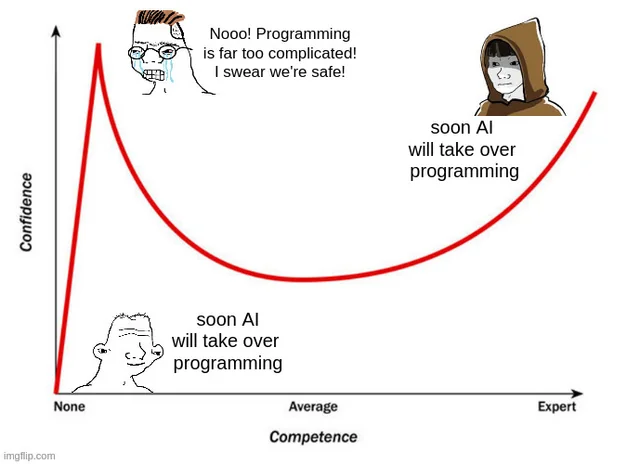Using AWS Neptune to Visualise Ancient Philosophy
The serverless meditations of Marcus Aurelius
In this post, I’m outlining a tutorial provided by AWS for creating a serverless full-stack opensource architecture for visualizing a Neptune graph. I’m in the midst of attempting to build out this stack and wanted to share its intended use.
The Architecture
The architecture is pretty straightforward and as a skeleton offers a good baseline for building out a richer set of functionality. Most importantly it solves the one and seemingly costly problem of visualizing the Neptune structure, either I can't find them or it's surprising as to just how few tools are currently available or overpriced for this.

Neptune
A graph database differs from traditional databases by holding the relationships between data as structure. In Neptune terms a graph consists of edges and vertexes, the edges are the relationships that exist between vertexes.

Graphs are insightful and can be used to help understand interactions in complex landscapes, you can get a feel for this in the example above, how the structure is synonymous with the relationships in a social network. The graph below is an open-source visualization using VIS.js and is the capability we will be taking advantage of as part of the tutorial.

The AWS tutorial I’m using for this project points you to a public Twitter data set. Rather than use this I thought I would create my own and try to model something that may be of interest to others. I’ll be looking to model the relationship that exists in The Meditations, a set of books written a few thousand years ago by Marcus Aurelius.
The Inner Citadel

The Inner Citadel by Pierre Hadot is a thorough analysis of The Meditations, the book goes a long way to identifying the relationships that exist between Marcus’s hypomnemata and the dogma of Stoic philosophy. These rules, the three rules of life as Hadot refers to them “correspond to the three activities of the soul: judgment, desire, and impulse; and to the three domains of reality: our individual faculty of judgment, universal Nature, and human nature.”
For Marcus, these rules were a phronetic/ethical process and there is marked similarity between this method of analysis, perspective management, and action and OODA, a more modern decision-making framework.

The table above shows the taxonomy or model that a number of the Meditations can be seen aligning to and the first cut of our dataset will bring these relationships to light and show which meditations apply to which domain.
This dataset alone wouldn’t warrant a graph db but there are further relationships that are interesting to model on top of these, they include the alignment of other author works to the taxonomy (e.g. Epictetus, Seneca to start), and the mapping of relationships that exist between author, dogma, and practices intended to achieve real-world outcomes e.g. “the view from above”. Further, over time methods that originated before Stoicism and can be found after will add another dimension e.g. the Scrum retrospective, the Pythagoreans liked a good retro as did the Stoics, and so on and so forth. Fundamentally ancient philosophies were holistic systems of thought and action and are the cornerstones of much of today’s life, to some extent I believe this can be modeled and so can the synthesis of this knowledge over time.
So the overall vision of this project is to copy someone else’s architecture and use it to visualize a bunch of older dudes’ thought processes and to see how those cornerstones of wisdom synthesized over time. Maybe, we’ll see.







